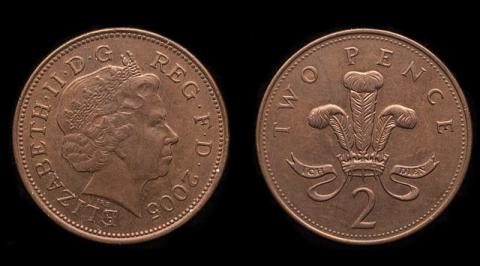Image of the King

The Lydians were the first people to mint coins. Prior to that, goods and services were obtained through trading ingots or bartering commodities. By manufacturing little discs of shiny metal, this ancient people helped lay the foundation for our own civilisation, with its easy movement of capital and its retail base. The first of these coins were made of electrum, a naturally occurring alloy of gold and silver. On it was stamped the Lydian lion, the symbol of royal authority, later replaced by an image of the reigning monarch himself. Not only was this a reminder that the Lydian kings expected to receive back these coins in taxation, but that their symbol guaranteed the item’s authenticity. Although some rulers have brazenly allowed their images on inferior coinage (notably England’s Henry VIII), causing inflation and mistrust, the face of the monarch was the guarantee of the item’s value, a reminder that he was the source of all power and prosperity.
At a recent evening poring over Mark’s gospel, Salem Bible students considered the meaning of ‘render unto Caesar’, the wonderfully clever and profound answer the Lord Jesus supplied those who tried to trick him. That which bears Caesar’s impression, give to him. That which bears God’s, give to Him. Genesis explains that we are all made in God’s image. Although this status’ moral position was disfigured beyond recognition at the Fall, aspects of our God-like natures survive, such as creativity, compassion, our immortality. For this reason, Christians have traditionally opposed the practices of abortion and euthanasia; a human’s value is intrinsic, deriving from his or her link to God, not instrumental, based upon our abilities or competence. Hence, a person with Down’s Syndrome is precious and priceless, not because of what they can do, but because of who they are. They are stamped with the image of the King, who both testifies and guarantees their authenticity and value.
Image by Anna Zielińska from Pixabay
- Log in to post comments


 Sunday Worship 10.45am & 6.00pm
Sunday Worship 10.45am & 6.00pm